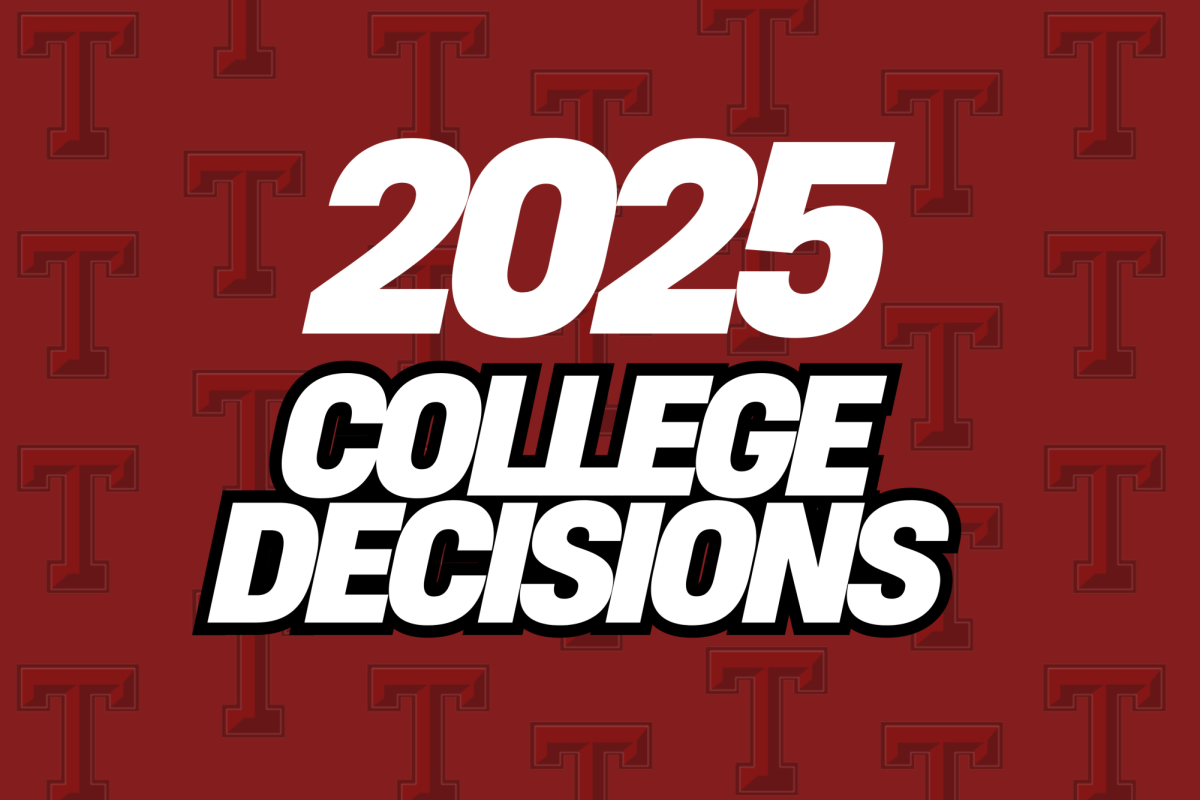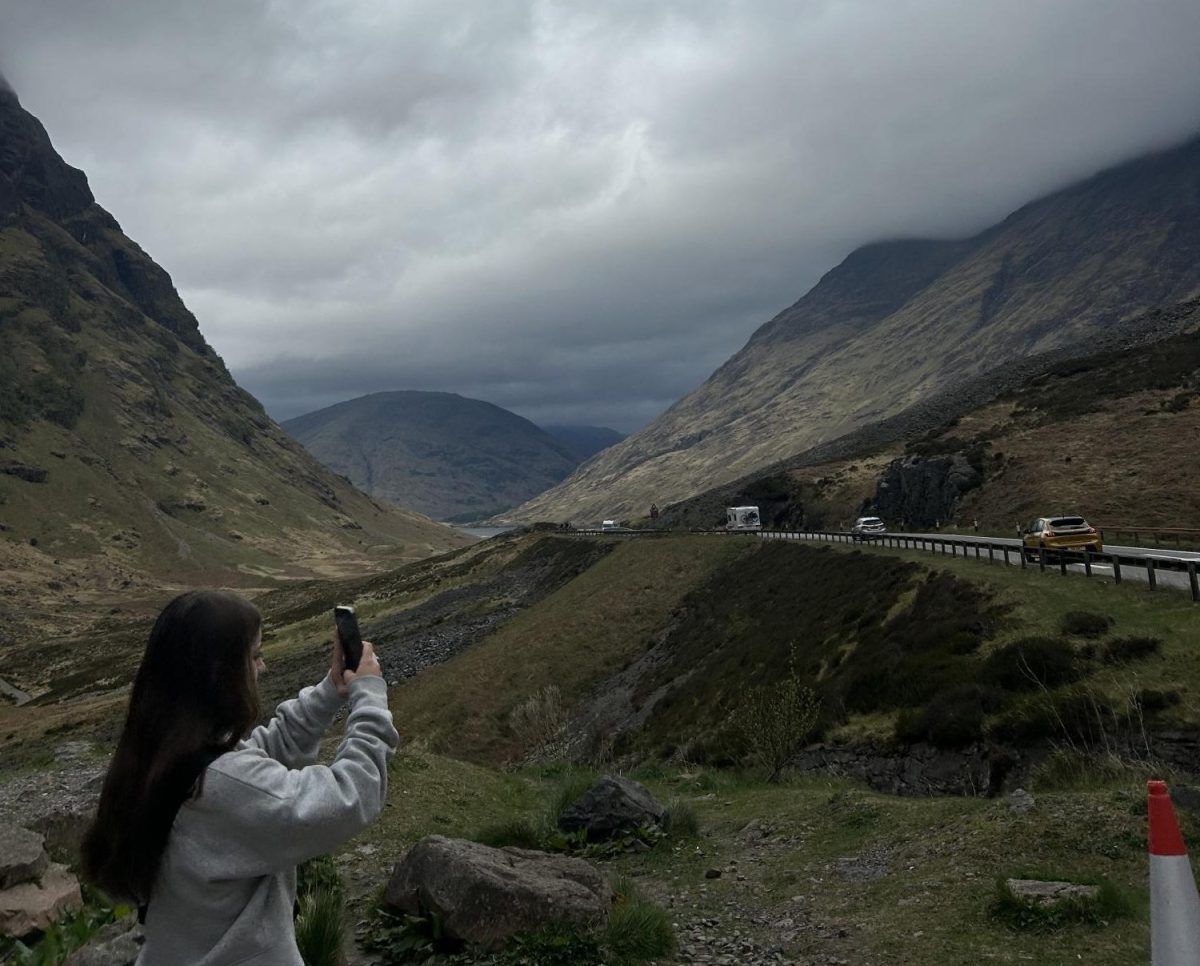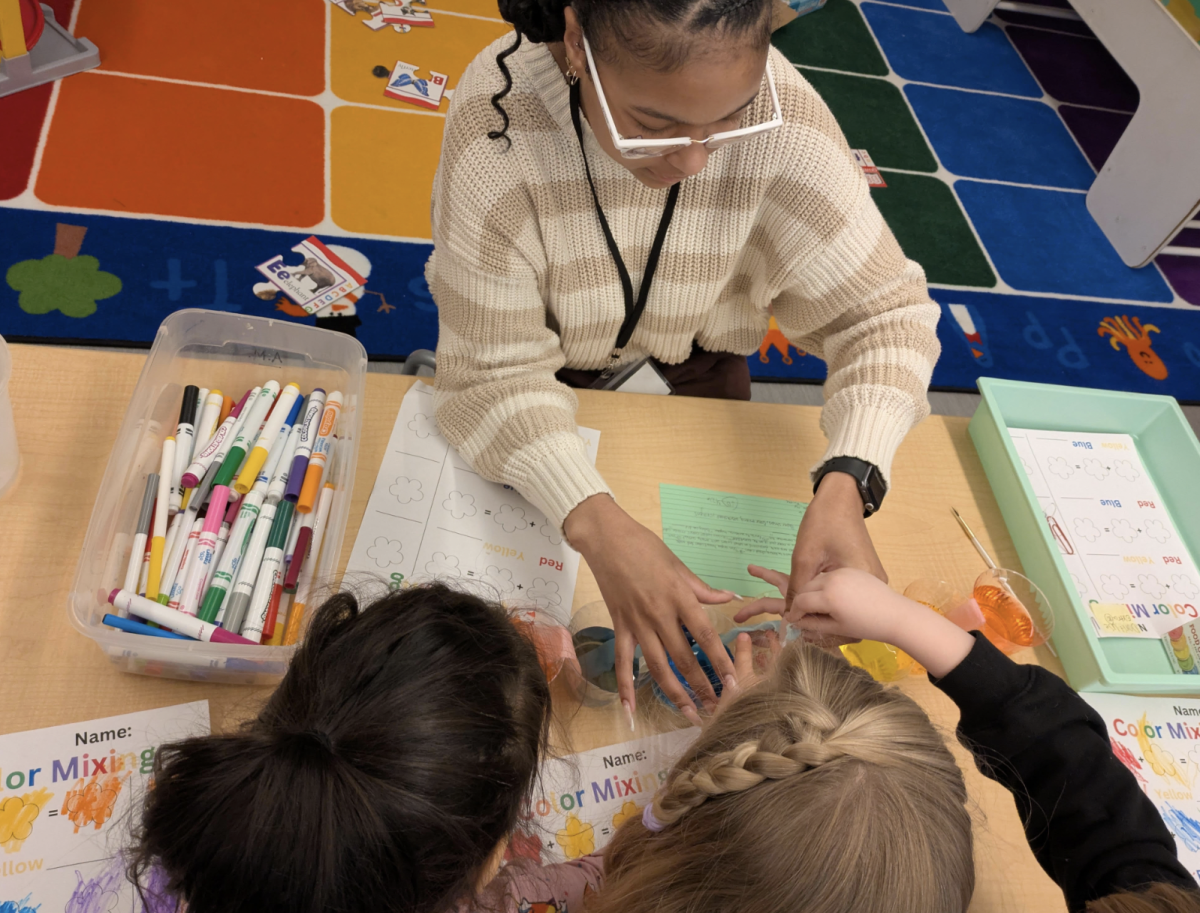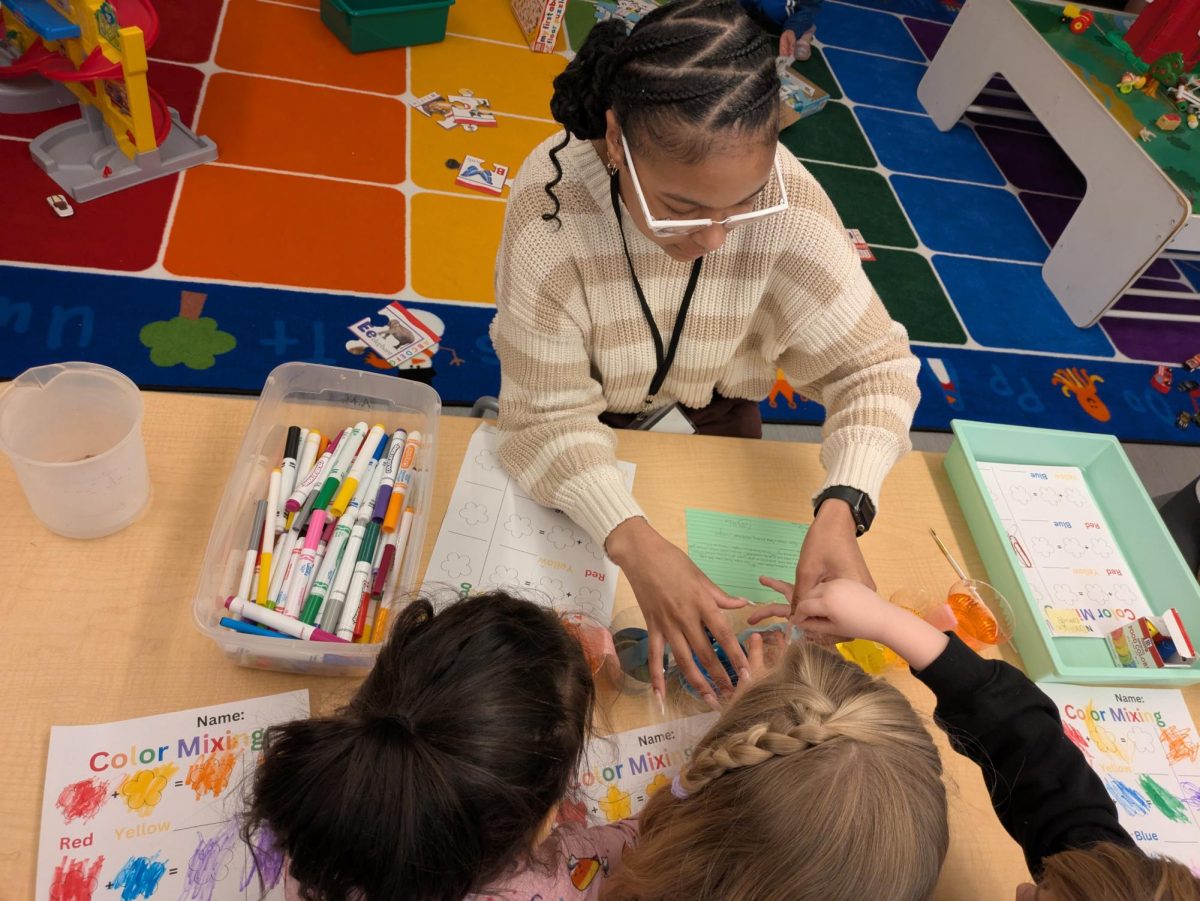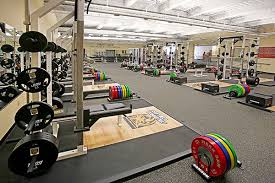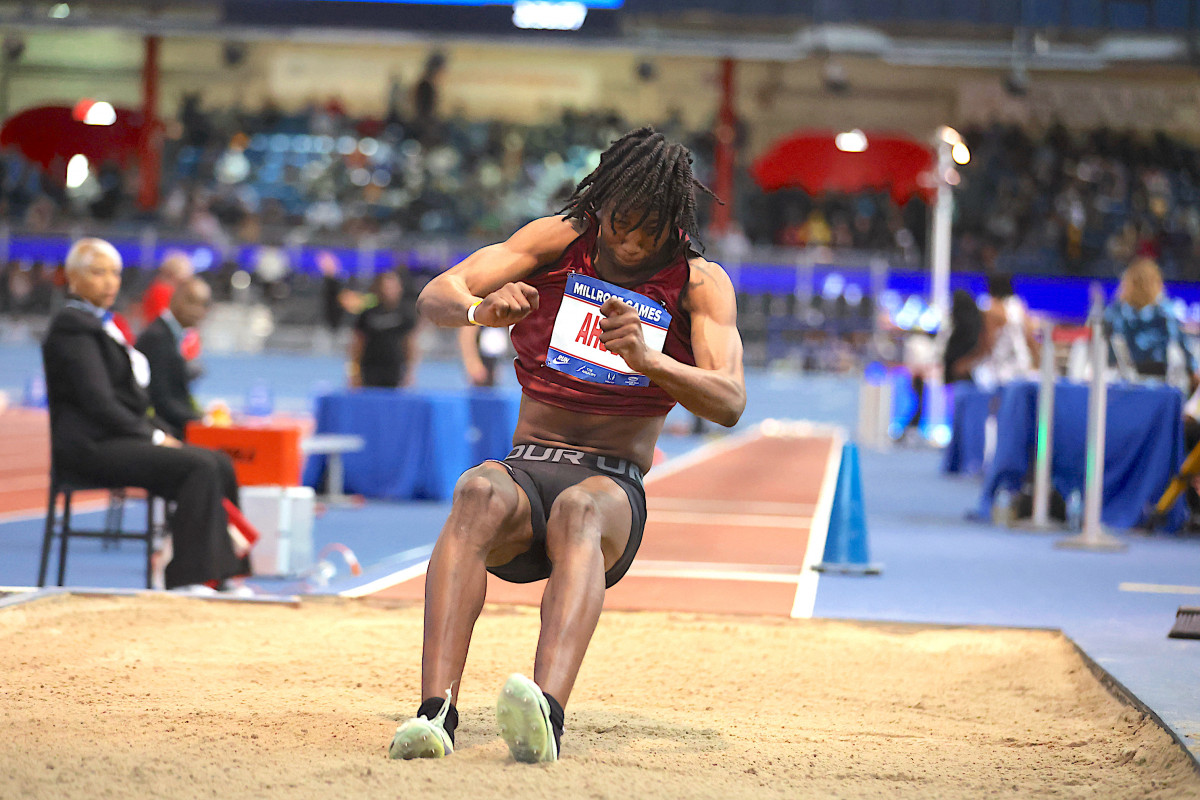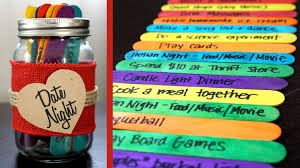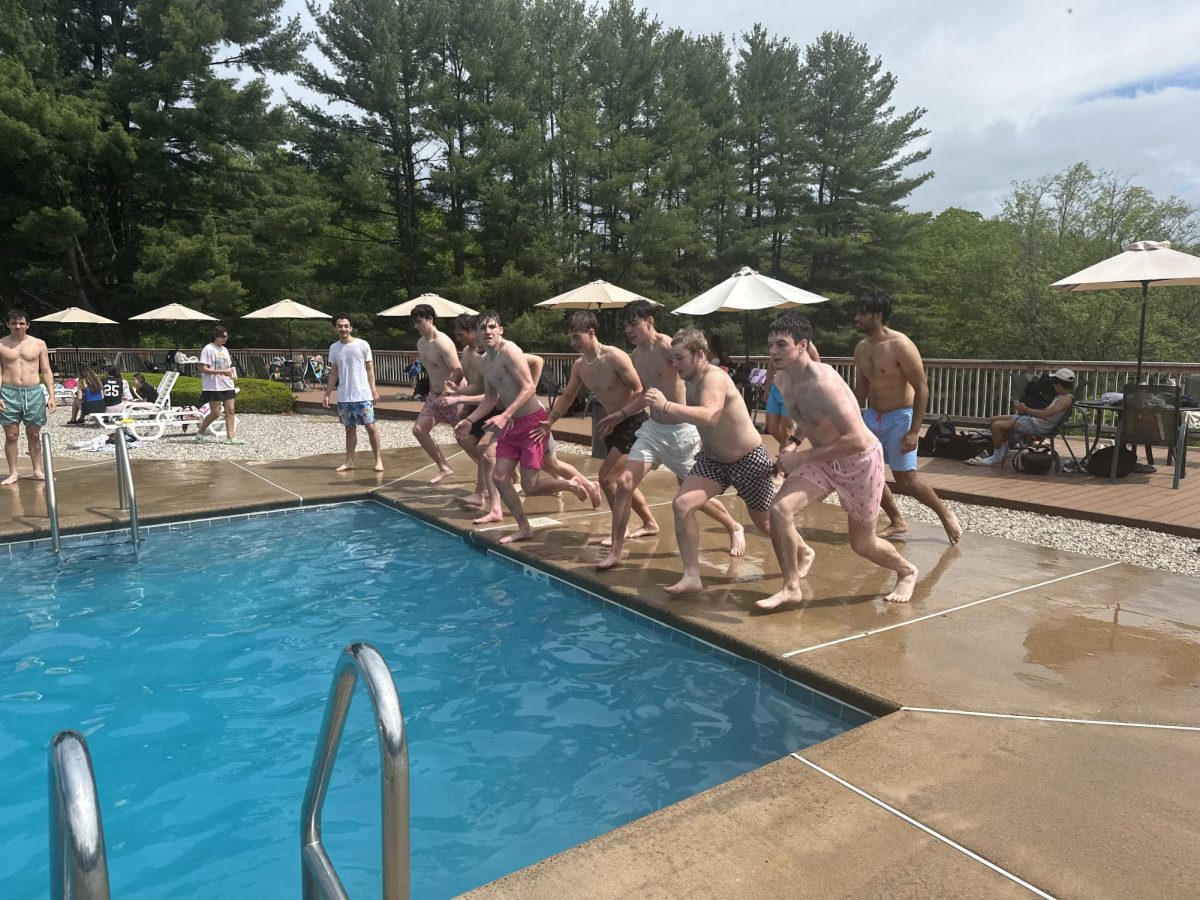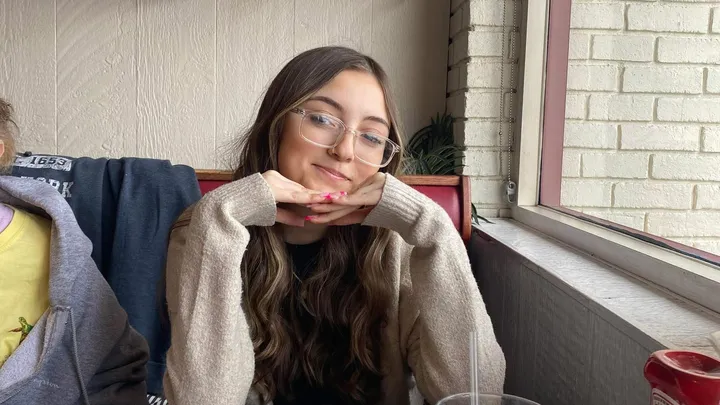With summer right around the corner and the prices of groceries rising, this is a perfect time to start a garden! There are lots of benefits to starting a garden including cost savings, fresh produce, reduced pesticide and fertilizer use, and so much more! You also gain a hobby from starting a garden! But where do you start? It might seem overwhelming at first but luckily we have a few tips and tricks from Plant Science educator, Elizabeth Goyette.
1. Location
Goyette suggests that sun exposure is a very important trait to look for in a location she says to find someplace “that is not heavily trafficked [and] with good sun exposure.” She also suggests that when watering your garden you should put it “an area where water can runoff rather than just sit,” meaning letting the water just sit in your garden could do more harm than good and you should let the water leak through the garden.
2. Read
But often when trying new things there might be some challenges. Goyette explains “some challenges a beginner might encounter is appropriate sun exposure, appropriate watering, and pests” So how can we overcome these challenges? She suggests that the easiest way to overcome them is to “read the package on the back of each seed packet. They will provide all of the information you need to know.” Mostly, though, she says that trial and error is the key. “When it comes down to it gardening can be a science and most of science is experimenting and learning from the results”
3. Know how much time and energy you have BEFORE you start
So you’ve done the reading and are ready to go. What’s first? Goyette shares that this depends on how much time and energy you have. “There are a lot of beginner-friendly plants,” she explains. “I would say the easiest ones to grow are root vegetables, carrots, and potatoes.”

